A short term 2 months of intense program with more than 120 hours of training on weekends and weekdays with flexible timings designed for intermediate level students. You will learn in-depth about the strategies in digital marketing and how to apply them.
The course covers different types of SEO, web development, domain & extension, search console, landing page builder, advanced re-marketing, quora marketing, and more.
We believe the best way to learn Digital Marketing is by doing practically on Live Projects. We train students to be leaders by giving them the power to be the master’s in Digital Marketing in 2019.
In order to be highly flexible for students, we have modified our Training Curriculum to be suitable for weekenders as well as weekday students. Although we are 5 years in the Digital Marketing Training and Consulting, we have already garnered immense appreciation both from aspirants as well as Industry Leaders.
Introduction to digital marketing: Digital marketing is a process of using online metrics & tools provided by Google and other platforms to reach potential customers and generate leads on the internet. It is simply marketing on online platforms. It covers a wide range of concepts like SEO, content writing, social media marketing, Google ads or online ads, website audit, etc. Here you will learn the basics of digital marketing.
Keyword research: They are specific words that people enter on search engines to find something. When adding keywords in content, it has to be relevant to the information. However, it is not as simple as finding keywords on tools and then embedding them in the content. It depends on ranking, search volume, clicks, and difficulty. So you will learn where to find the keywords and how to choose the right ones.
Content writing & marketing: Content is king! It can be in any form such as blogs, long-form writings, white papers, social media posts, podcasts, videos, infographics, etc. So content is anything that provides information relevant to what people are looking for. It can be entertaining as well. The most important element in content is value. You will learn how to add value, where to find content ideas and market it.
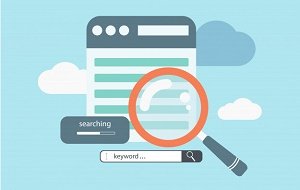

Blogging: Blogs are written types of content that can be entertaining, informational or about businesses. It can be personal as well and the traffic you get can be monetised in the long-run. That is why many people take up blogging as a source of passive income or side-money. You will learn how to write blogs for various reasons.
Mobile marketing: Every online content, websites, e-commerce needs to be optimised for mobile use. If not, the user won’t click on it and exit the page. Since smartphones are used everywhere by most people, it is important for a business to have a mobile marketing strategy as a part of digital marketing. So you will learn how to optimise the content or web pages for mobile use.
Website audit: Auditing a website means analysing a web page to check its performance. Doing this can help you find and fix problems like slow loading, broken links, etc. A website audit is done for marketing and SEO reasons, and it is done regularly to maintain the ranking of a web page or website. You will learn how to perform a website audit and fix the problems it points out.
Social media optimization: Social media marketing is an integral part of most businesses ’ marketing strategy because social media is the best platform to reach customers and increase brand awareness directly. Social media is used by most people, so it makes marketing and advertising to them successful. You will learn how to optimise social media for best results.
Google Ads/PPC: Unlike earning organic traffic to your website, you can create paid ad campaigns with Google Ads and other tools to get more traffic faster. An advertiser pays some amount of money every time their ad is clicked, which is called Pay Per Click. It can appear on Google, websites, social media apps, and more. You will learn how to use Google Ads and PPC to promote a brand or its products.
Google Business: Google My Business is a popular tool that helps people find your business and helps you find out how people will see your business. You can manage all the information related to your business. You can also receive feedback on this platform which may improve your online reputation, or make it worse. You will learn how to set up and use Google Business in this course.
Digital banner design: Sometimes, an ad that is long and rectangular (may come in other shapes) will appear on a web page or in front of it. They are called banner ads, which have images or text with a call to action button. It is mostly for advertising purposes. It is created to get the attention of the user and make them take an action like registration, signing-up or a purchase. You will learn how to create designs for these banner ads here.

In the short term course, the topics mentioned below will be covered which are a part of the advanced course module as well.
Email marketing: One of the fail-proof methods to get the most of customer interaction is email marketing. An email from a business can be transactional, promotional, in the form of newsletters, and/or updates. Tailoring the right content for email can make your customer engage with your brand. Here you will learn how to write effective emails that get engagement and use email marketing strategy for various purposes.
Blogging website: Some websites allow you to upload blogs for free but they come with guidelines that must be followed. Not following the guidelines can get you banned. The blogs can be either informational or promotional, depending on the site where it will be posted on. You will learn here where to find suitable websites to upload a blog or content that is created within the guidelines.

Google tag manager: Google Tag Manager is a tool that is used to add, edit and disable third-party tags like Twitter, Bing Ads, Crazy Egg, and others without having to depend on web developers to do it for you. Through Google Tag Manager, one can make changes to the tags without touching the source code, and that way it helps in reducing your dependency on web developers.
Google Analytics: It is a platform used to analyze and manage the data about a web page, social media accounts, e-commerce sites, etc. The data tells you how many people are visiting your site, how many are clicking on the links, how many made a purchase online, and other related statistics. Using Google Analytics can help you know what is working and not working for your marketing and advertising campaigns. You will learn how to use the tool and understand the data it provides.
Facebook Marketing: A large part of social media users worldwide are on Facebook, making it the most popular choice in social media marketing. A wide variety of content can be marketed on Facebook. It is ideal for customer reach and getting shares. You will learn how to use Facebook to promote a business, promote their ads, how to create Facebook posts and analyse the data to improve the marketing strategy.
Instagram marketing: A large population of Instagram is young. So it is ideal for brands to use Instagram for marketing to Gen-Z. Businesses that flourish on this platform are beauty, cosmetics, clothing & accessories, health & lifestyles, and food. Instagram is the best social media network for reaching thousands of customers. You will learn here how to market on Instagram, which audience to target and how to use the insights to improve your marketing strategy.
Twitter marketing: This platform is used to stay updated with the latest trends and news. Twitter can help make your content go viral. Brands use Twitter for marketing with an objective of maximum brand awareness. Like Facebook and Instagram, Twitter also comes with metrics and insights that lets you target the audience according to your preferences. You will learn how to use them to market on the platform effectively.

LinkedIn marketing: The best platform for B2B marketing is LinkedIn. You can find similar businesses and potential customers easily on the platform and market to them directly. You can also find employees and recruit them to your organisations. Here, you will learn how to use LinkedIn to promote your brand or business, run ad campaigns successfully, and create content to market on LinkedIn.
Pinterest for business: A platform that is used to find ideas can also be used to market products that match the user’s interest, like accessories, home decor, and food recipes. Even cosmetics can be marketed well on this platform. You will learn in this course how to set up a business account on Pinterest, how to promote your brand and generate leads.
Bing ads: It is a platform provided by Microsoft to run and promote ads, similar to AdWords. Bing Ads are a paid method of advertising that can target a specific niche or audience. It is quite cost-efficient and lets you target a wider audience than AdWords. Here too, keyword research is important. You will learn how to create and run ads on Bing in this course.

On-page SEO: On-page SEO (on-site) is the act of optimizing different parts of your website that affect your search engine rankings in Google. It is the elements that happen on your websites which can change. Before you attempt website optimization, prepare some onsite SEO checklists
Title Tags: Content can be optimized for SEO by placing keywords in the title tags, which are the largest text on your page.
Headings (H1, H2, and H3): another way to optimize for SEO is by placing the keywords in headings. This is essential.
URL structure: Google ranks your website or page if the keyword is placed in the URL.
Alt text for images: Since Google can not read images, adding alt text to it with keywords relevant to the content written makes it relate to the content and also help blind internet users understand it.
Page load speed: Users want to find information they are looking for as quickly as possible. So, decreasing the loading speed of your page can satisfy them. Using a tool called PageSpeed Insights will analyze your site on both mobile and desktop. It also suggests tips to optimize page speed
Page content: The content on your pages needs to be relevant to what people search. It is critical to add value to the content.
Internal Linking: Linking internally to other pages on your website is useful to visitors and search engines.
Social Tags: Having your content shared on social media tells Google that people find your content relevant, helpful and reputable. Not every page on your site is share-worthy, but you can optimize the pages that are with these tips.
We offer the best SEO Training in Bangalore. You will learn here how to perform and optimize on-page SEO for all the above mentioned checklists.
Off-Page SEO: They are elements that happen off your websites. It is not related to optimizing the content as in On-page SEO and focuses on increasing the authority of your domain through the act of getting links from other websites and goes beyond that as well. It proves to crawlers that your website is important and has value





There are four types of high converting landing pages that you will learn to build:
One of the simplest forms of landing pages used in online business and marketing, their sole purpose is to offer on-site visitors with all the necessary information regarding a product, services or an offer, and explain the advantages as well as the context of use to convince them to enter the conversion funnel.
Otherwise known as squeeze page, the core purpose of lead capture landing page is to collect visitors’ data and create a bank of prospects for the marketing and sales team. A good lead capture landing page doesn’t have any exit path from the page.
These pages help businesses to promote their brand through word-of-mouth marketing. The goal behind having these landing pages is not just to get more visitors to sign up, but also to spread the word about what they’ve found.
A microsite is a subset that acts as a supplementary website to a fairly large website. Spotify’s Year in Music is one of the most well executed microsites that you’ll ever come across.
Leads are people who show interest in your company after visiting the website or social media account/page. Lead generation is a process of identifying and attracting new potential customers to your business. The main goal of lead generation is to make your brand visible to as many customers as possible and make them come to you.
You will learn how to generate leads on different platforms and create necessary content for it, how to write engaging emails, inbound and outbound marketing for lead generation, and more.
Quora provides an excellent platform for your business to market it and reach a specific audience.
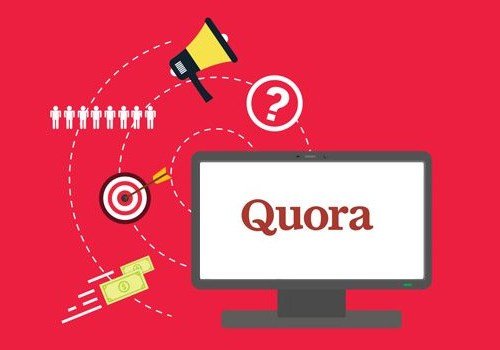
Also known as retargeting, remarketing is a powerful method in advertising that aims to target customers who have already made purchases and make them come back to the website for more.
It works because those who are familiar with a business are more likely to engage with their content and advertisements. An example – If a customer made a purchase on Myntra and saw an ad days after, they would visit that ad and probably make the purchase again because they are familiar with it.
One of the ways to monetise website traffic by using tools is Google AdSense, an advertising platform launched by Google. AdSense allows advertisers and publishers to run ads in different formats, sizes, video ads, animated and static, etc. It can be used by bloggers as well to boost the traffic to their page and monetise that traffic.
When you start a blog and get steady traffic, AdSense helps you increase that traffic and pays some amount per 1000 views. It generates a large part of Google’s income. The money you earn with AdSense depends on the type of traffic, the number of advertisers in your niche, type of content displayed and the placement of ads.
AdSense uses cookies, where it displays targeted ads to users based on their website or search history. Some of the benefits of using AdSense involves:
In this course, you will learn all about AdSense,

You will learn how to execute the strategies according to the said objectives to make digital marketing effective.
So, to make you a complete digital marketer, we have added a snippet of graphic designing course (there are separate course for it as well), to train you in using graphic visual tools to create:


What gives you a good online reputation? Feedbacks from the customers, trust and reliability, delivering quality products and services, customer services and such.
It also depends on competition from multiple sellers who are selling at different prices and the kind of reviews they get.









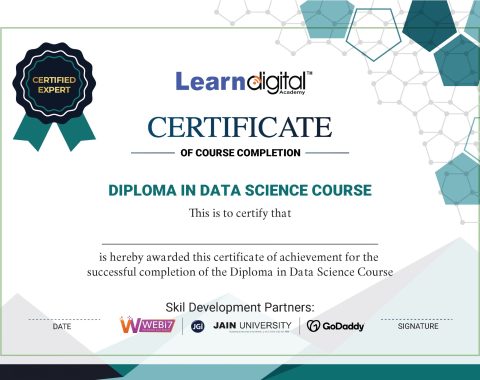



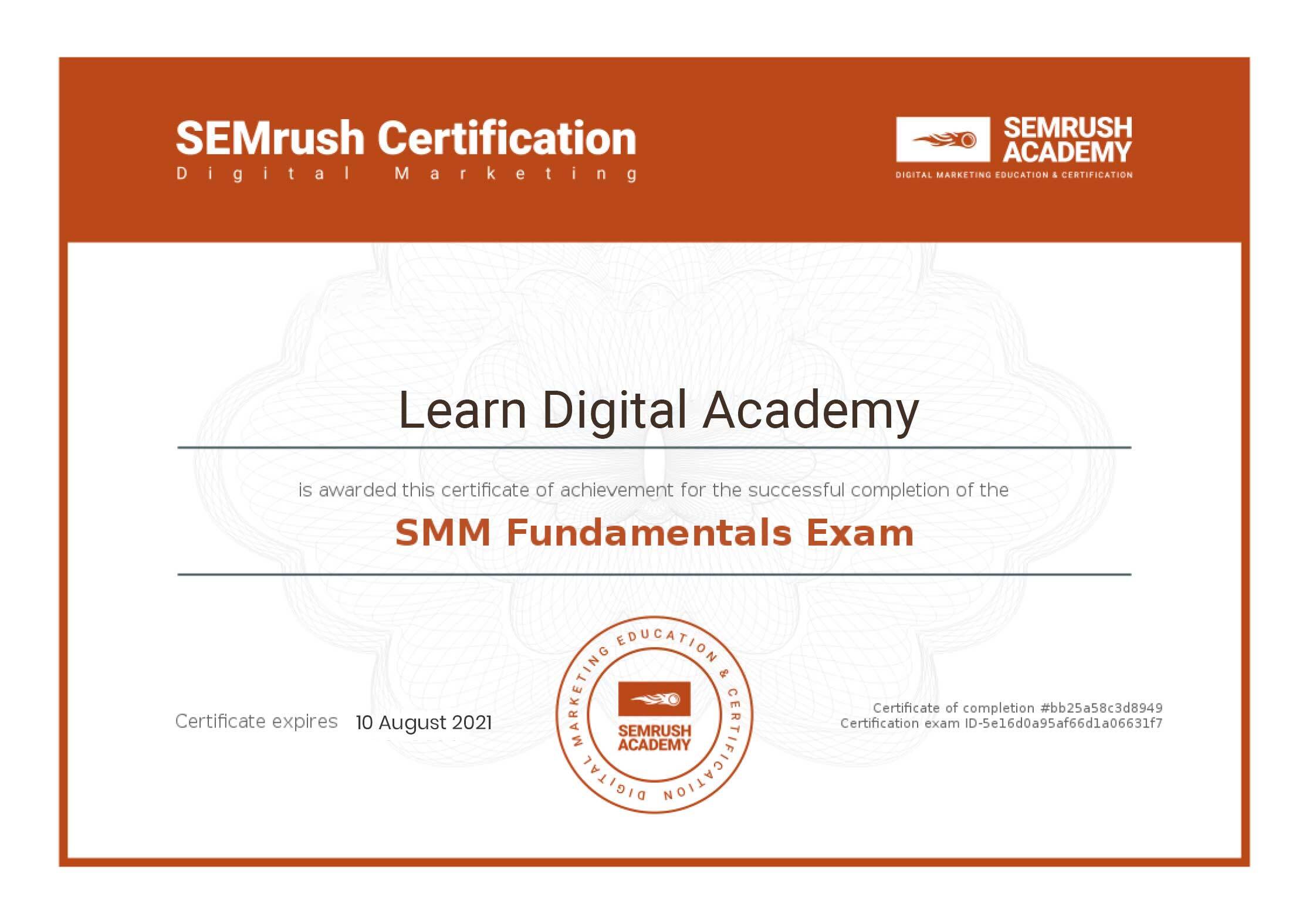


















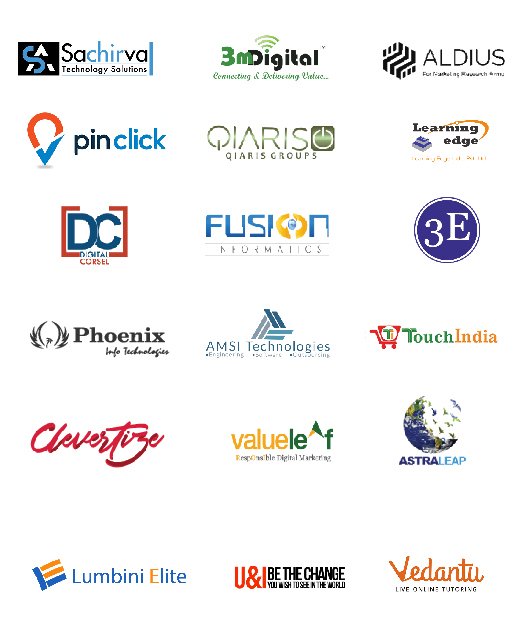
Copyrights © 2021 Learn Digital Academy. All Rights Reserved. Powered By Webi7
Copyrights © 2021 Learn Digital Academy.
All Rights Reserved. Powered By Webi7
